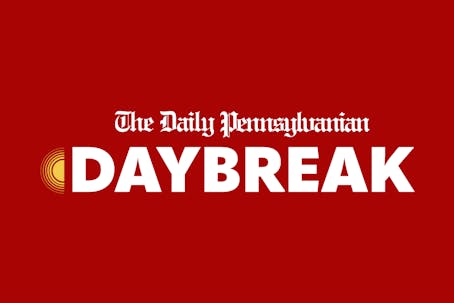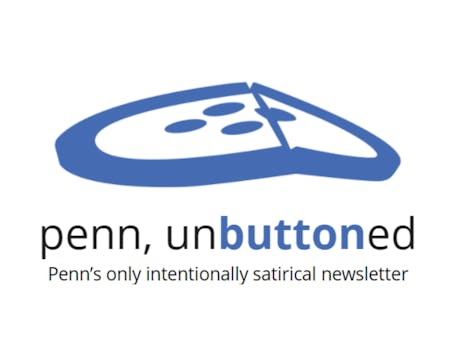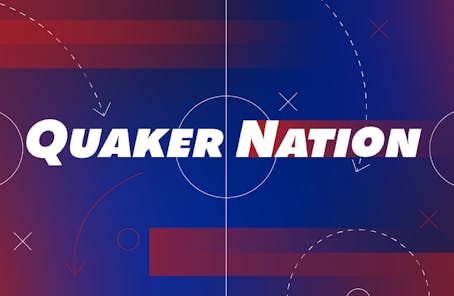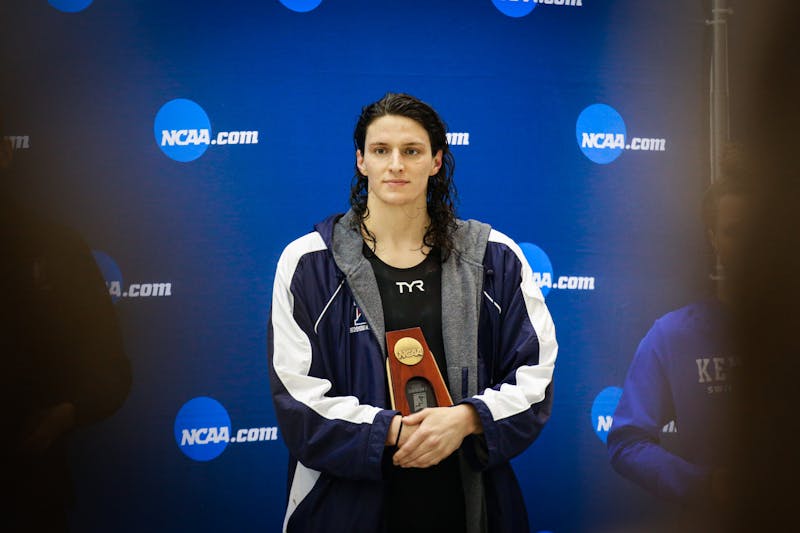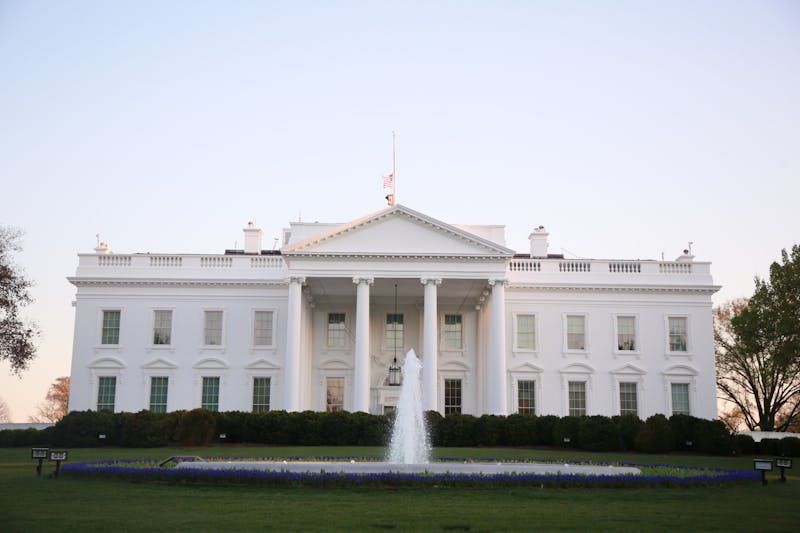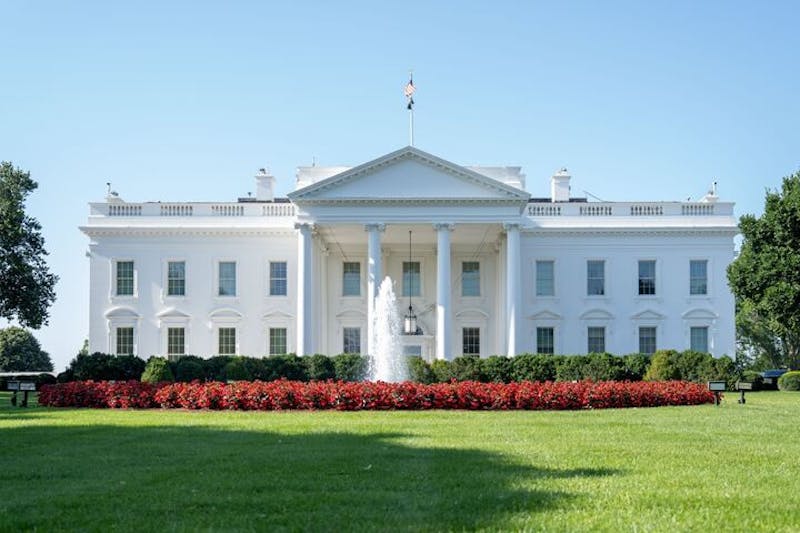When schools like the Philadelphia Free School are brought up in conversation, most critics raise the same doubts and concerns — with no set curriculum beside what the students decide and no formal teachers, how can a “free school” guarantee that its students will learn as much as its traditional counterpart?
Two Penn alumni, one a proud Philly Free School parent and the other a recent Ph.D. student who grew up in the “free school” system, use their experiences to answer those questions.
Linda Schnolis is a 2000 College graduate. When their twins were born four years ago, she and her husband, Duke, moved to West Philadelphia so that they could fall into the catchment area for Penn Alexander School, the popular and high-quality Penn partnership school on 42nd and Spruce streets.
But as Penn Alexander’s popularity as a public school grew, more families began moving into the catchment zone. By this September, the school could no longer offer spots to the Schnolis twins, Zoey and Amaya.
Without Penn Alexander, the Schnolis’ needed a place to send the 4-year-old twins for two years, until they were old enough for kindergarten. Then, she heard about the Philadelphia Free School.
“The things they were talking about, such as raising democratically educated, socially responsible people, were very interesting to me.” So Schnolis researched the school model and then made her decision.
Before the Philly Free School, the twins attended traditional day care. “We figured, what the hell, they’re only four,” Schnolis explained. “We can try it for a year — it’s a different taste and we just wanted to see what it was like.”
Philly Free School was also a better financial choice than traditional day care. The school uses an outside company to determine how much tuition would be appropriate for a family.
Zoey and Amaya enrolled in September — and so far, so good, Schnolis said. “I’ve been happy as a clam.”
***
Melinda Nelson-Hurst, who just completed her Ph.D. in the Near Eastern Languages and Civilizations department this September, attended the Sudbury Valley School in Massachusetts — the first “free school” — since she was four years old until she graduated with a high-school diploma at 17.
“My parents both had what they considered bad public-school experiences when they were children, and knew they wanted to find something else,” Nelson-Hurst said. When she was just a toddler, her parents happened to be at a convention where they met one of the founders of the Sudbury Valley School and immediately decided that that was where Nelson-Hurst would go once she was old enough.
The Sudbury Valley School was founded in 1968 in Framingham, Mass. It was the first school to offer a sustaining form of democratic education and it is what the Philly Free School, as well as 30 other similar schools in the country, is modeled after.
“I would say that much of the time [at Sudbury] — and this is what people are uncomfortable with — is spent socializing,” recalled Nelson-Hurst. “It’s not just hanging out, which is constructive in and of itself. Often, it has to do with collaborating.”
By the time Nelson-Hurst was of high-school age in the mid-1990s, the Sudbury Valley School was the largest it had ever been. Many students participated in deciding the future of the school, said Nelson-Hurst, attending meetings that debated possible enrollment plans, waiting lists and ways of prioritizing enrollment.
For most Penn students, high school was a slew of required math, physics, English, history and the occasional gym class — regardless of whether you liked whiffle-ball or cared about titration. These classes paid back immediately in the form of AP credits and high SAT scores.
But how well do free-school students perform on standardized assessments, especially if they were never required to learn even basic arithmetic?
Oddly enough, although Nelson-Hurst never took algebra or calculus and doesn’t consider herself a “math person,” she is the person everyone goes to when it’s time to calculate the tip. “I used to ask my parents to buy me math workbooks, the basic arithmetic ones, when I was 7 or 8 because I loved doing them. I filled in the answers but always did the process in my head. And … calculating [things] in my head … just comes naturally to me now.”
Schnolis has also noticed similar developments within Zoey and Amaya, ones that are natural and organic and that required no form of instruction. While she admits that her twins are precocious and naturally tend to speak their minds — “They’re very good at explaining themselves,” she said — Schnolis thinks their time at Philly Free School has developed their communication skills even further.
“Zoey has always been an outspoken young lady, for better or for worse. [But] she’s learned that [if] she presents her argument in a fair, polite fashion, she can get a lot more accomplished.”
Amaya, the more laid-back and quieter of the two girls, is also more verbal about her own thoughts. “She thinks of very interesting topics [to talk about] that I think she’s always thought about in her head,” said Schnolis, “but never felt the freedom to express.”
Schnolis added that “all these discoveries come from her interaction with the staff and the kids at the school.”
***
But that’s not to say there aren’t any challenges.
Nelson-Hurst admits there was a learning curve when she started college at Brandeis University. Her first few essays in school were challenging. “[At Sudbury Valley,] there’s a lot of verbal communication on a regular basis, but I never had a lot of writing experience.”
She also noted that a lot of college was about learning the norms and expectations that most students were already accustomed to. “I didn’t have a background that told me what the expectations were in a paper — how they’re supposed to be put together [and] writing styles.”
But with time and consistent feedback, Nelson-Hurst quickly caught up to her peers. She was named to the Brandeis Dean’s List every semester after the first and, to date, has 11 encyclopedia entries, two articles, several conference presentations and a 500-page dissertation to her name.
For Schnolis, a parent, the challenges have been slightly different. She said it’s been a process just trying to let go — “letting go in the sense that other preschools are highly regimented. There was lunch time and snack time and this time and that time, and at this school they literally can do whatever they want,” she said.
By the time she and her husband pick the girls up from school, they were exhausted, hungry and cranky. Because there aren’t formal meal or nap times, the kids would play all day and forget to eat. Or, they’d eat their lunch for breakfast. The same goes for naptime. “Even though they’re tired, they don’t want to miss anything,” Schnolis said, “so they don’t nap. There’s a place in the quiet room for that, [but they don’t use it].”
Schnolis also explained it’s been hard getting her parents and other peers to accept how she is raising her children.
“A lot of people [ask me], ‘How could you send your kids to a school like that, knowing that your education was so different?’” she said. “I send my kids to a school like this because I feel they’ll be able to learn and focus on what makes them tick and happy a lot sooner than I did.”
***
“Traditional school will always be there,” Schnolis added. At some point, her children will probably end up in the traditional public-school system, whether for middle school, for high school or for college. “But,” Schnolis said, “we can’t guarantee they’re going to get an opportunity like [the Philly Free School].”
The Daily Pennsylvanian is an independent, student-run newspaper. Please consider making a donation to support the coverage that shapes the University. Your generosity ensures a future of strong journalism at Penn.
DonatePlease note All comments are eligible for publication in The Daily Pennsylvanian.
